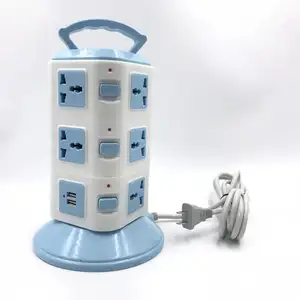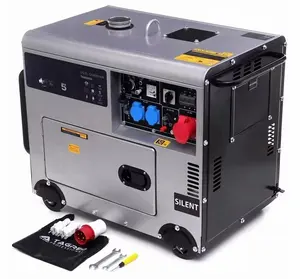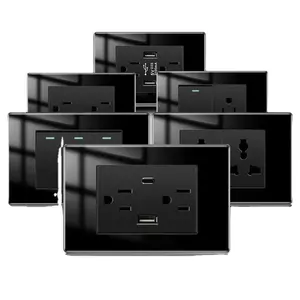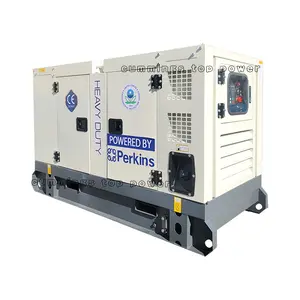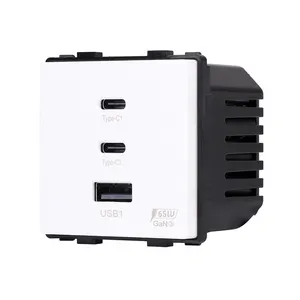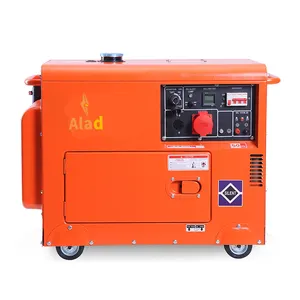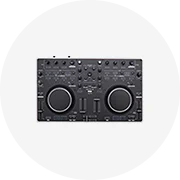Sektörünüzde popüler

































































































































































































En iyi kategoriler
röle 3a 12v hakkında
Gadget'ınızın üretkenliğini ve performansını dikkate değer şekilde artırın. röle 3a 12v Alibaba.com'da mevcuttur. Bunlar. röle 3a 12v, verimliliklerini artıran mükemmel özelliklere sahiptir. Kusursuz performans sergilerken ömürlerini artıran sağlam malzemeler kullanılarak üretilmiştir. Bunlarla ilgili harika tekliflerden yararlanın. röle 3a 12v bugün ve paranızın karşılığını en iyi şekilde almanın keyfini çıkarın.
Alibaba.com'da. röle 3a 12v, çok sayıda model, boyut ve tasarımdan oluşan geniş bir yelpazede mevcuttur. Bu nedenle, en uygun olanı bulacağınızdan emin olabilirsiniz. röle 3a 12v gadget'ınızla uyumlu. Elektronik aletlerinizin doğru miktarda ve türde akım almasını sağlamak için benzersiz bir elektrik gücü kontrolüne sahiptirler. Buna göre bunlar. röle 3a 12v yalnızca cihazlarınıza doğru miktarda akım sağlamakla kalmaz, aynı zamanda onları hasara neden olabilecek aşırı güçten korur.
Alibaba.com'da alışveriş yaparak bu ince özellikleri deneyimleyin. Siteye göz atın ve birçok heyecan verici şeyi keşfedin. Her alışveriş yapanın mükemmel eşleşmeyi bulmasını sağlayan röle 3a 12v. Kaliteleri, dayanıklılıkları ve performansları, onlara yapacağınız yatırımdan maksimum getiriyi sağlayacaktır. Bir işletme işletiyorsanız, özel anlaşmalardan yararlanın. röle 3a 12v toptancılar ve tedarikçiler, işinizi daha yükseğe çıkarırken.
